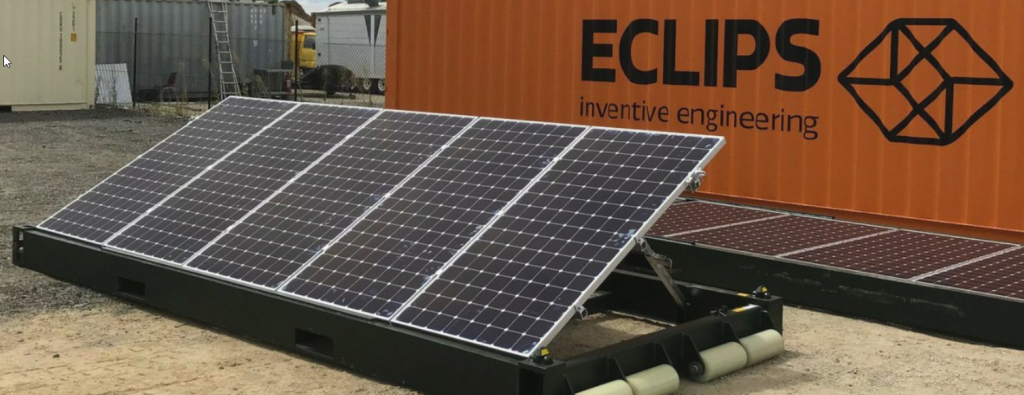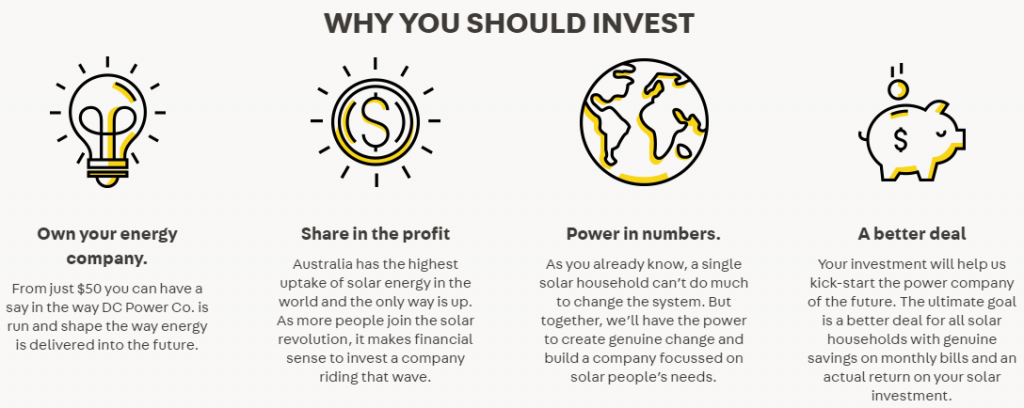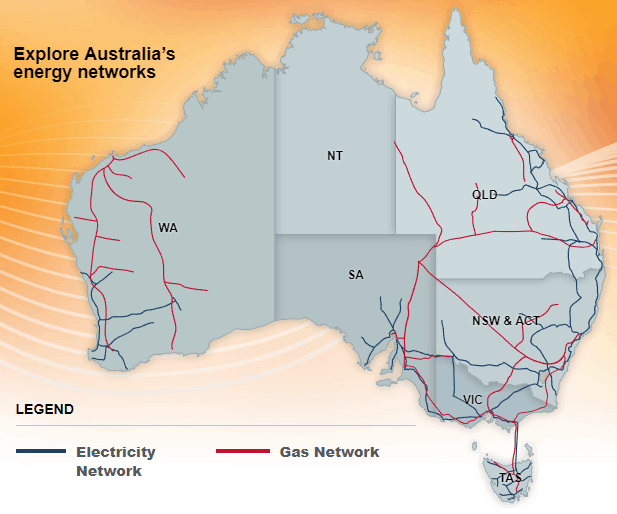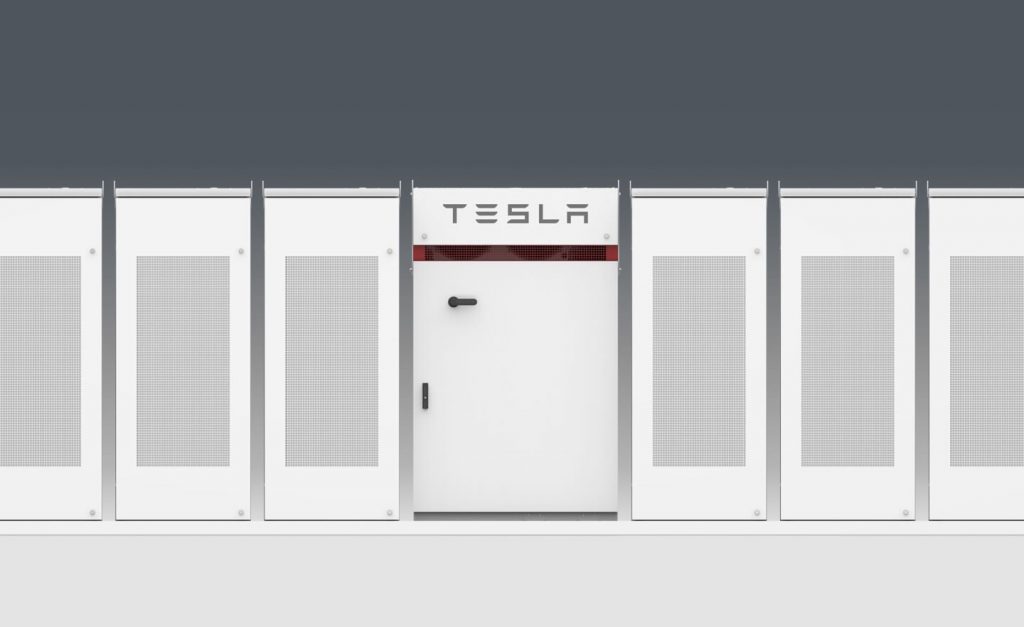American company Zero Mass Water have received a grant from ARENA to trial their solar powered clean drinking water in Australia. The technology involves the usage of portable Source Hydropanels which dehumidify the air (literally pulling moisture from it) and then purifying and adding minerals to it. They’re able to create up to five litres of potable (drinking) water every day.
Zero Mass Water – Portable Source Hydropanels
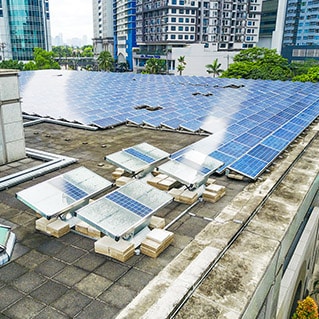
ARENA (the Australian Renewable Energy Agency) will provide around $420,000 in grants to help Zero Mass Water set up 150 water systems across Australia as a trial. It’s estimated that this will result in 20,000 plastic water bottles not being used over the 15 year length of the project. ARENA CEO Ivor Frischknecht was excited about being able to provide some assistance to this great tech:
“This pilot project can produce reliable drought-resistant water sources to remote communities while simultaneously reducing the number of plastic bottles that end up in a landfill,” Mr Frischknecht said.
“Using a combination of solar photovoltaics with solar thermal technology, Source’s ability to create clean drinking water could be utilised to achieve positive solutions around water supply. The potential benefits of this technology to the environment are important.”
“The project will demonstrate the technology not yet seen in Australia – a product that produces clean, renewable, infrastructure-free drinking water extracted from the air using solar energy,” he continued.
Vice President of Zero Mass Water, Rob Bartrop, explained why the Source Hydropanels and solar powered clean drinking water trial was a great fit for Australia:
“It’s a really good fit for Australia as it needs no additional infrastructure to operate so it overcomes a lot problems with remote operations,” he was quoted in Fairfax Media.
The panels are 1.2 x 2.4 metres and each one can handle 30 litres of water, which has been tested to Australian drinking water contaminant guidelines.
The trial will commence in Sydney, Adelaide, Perth and a bunch of smaller, regional towns. Remote communities that also have trouble with drinking water will also see the pilot project installed so we’re excited to see how cheaply we can use the sun to filter and purify water and anticipate this proving a big deal, especially for remote areas and developing countries.

